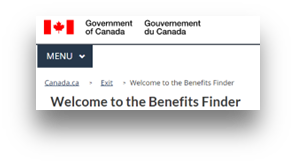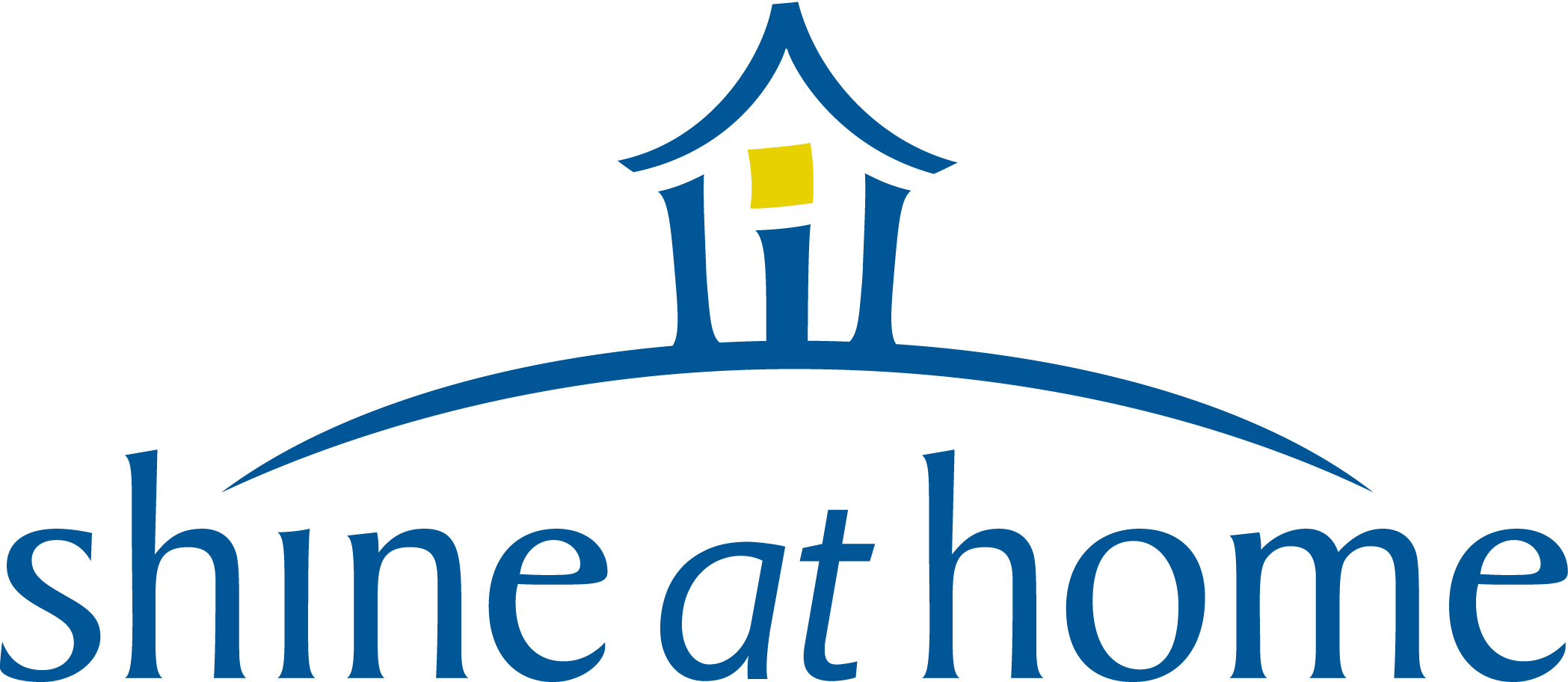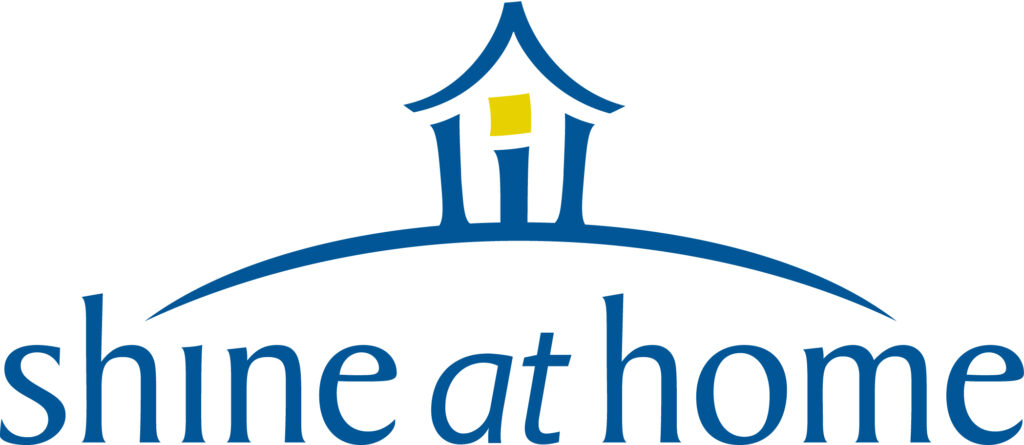Getting to Know What Federal and Provincial Financial Assistance is Available
The phrase “Don’t leave any money on the table”, apparently comes from the game of poker. Very popular now. You can watch it live, or play online. Who would have thought a game once relegated to backrooms and basements would have such prominence. The phrase applies to those players that do not play with intelligence. You are “leaving money on the table”, by not knowing what you are doing. By not knowing the rules, odds, who your opponents you are “leaving money on the table”. When playing this game that involves betting real cash on the cards in your hand you should play with intelligence.
Now let’s apply that understanding to Federal and Provincial programs designed to help all qualifying tax payers. I know, I know, there are too many programs for me to get my head around, and yes, I would agree that these levels of government do not make it easy. That is until now!
We are going to explore the Canadian Revenue Agencies – Benefits Finder.

All you have to do is follow these easy steps, and by taking a few minutes (it took me less then five), you will have a list of programs and benefits that you can then explore in more detail.
Step:
- Either on the Canada Revenue Agency (CRA) website, or in your favourite search engine type “CRA Benefits Finder”
https://srv138.services.gc.ca/daf/q?id=65fa1c3c-3043-4e5f-b56c-4ad6d9e15e99&goctemplateculture=en-ca
- Answer the set of questions such as your province, age, marital status,…
- When the site asks you “Would you like to provide a little more information?”
- Say “yes”
- Answer the rest and wait for the result.
So, here is where the magic happens. A list populates of federal and provincial programs and tax credits that you may be eligible for based on the answers you gave.
I filled out the Benefits Finder for a fictional 82-year-old widower with moderate income, and guess what came back? A list too long for this article, so I will focus on just one:
Ontario Seniors Care at Home Tax Credit
“Find out if you are eligible for a tax credit to help low- to moderate-income seniors with eligible medical expenses, including expenses that support aging at home such as hearing aids, hospital beds, and attendant care.” The site declares.
The site challenges you to take advantage of the opportunity to help offset many things that individuals need as the age at home, or age in place. The site lists examples of eligible expenses:
- attendant care (certification required)
- care of a provincially authorized medical practitioner (e.g., nurse, occupational therapist)
- dental, vision and hearing care (for example, glasses, dentures, hearing aids)
- walking aids (for example, walkers, canes
- wheelchairs and electric scooters
- bathroom aids (for example, grab bars, grips, rails
- diapers and disposable briefs
- hospital beds
- oxygen and assisted breathing devices
- renovation or construction that improves a person’s mobility, access or functioning within the home because of severe and prolonged impairment

The site also goes deeper and gives an alphabetized list of expanses that are covered, and it is exhaustive.
Now there is some work involved to get to all of the potential benefits and tax credits you can get. As always, I encourage the assistance of a tax preparer that is well versed in seniors tax filing.
Poker is a game; filing taxes are not. I think, in fact I know that my readers are too smart to leave any money on the table.
Chris Treftlin – Shine at Home






